Ambler, Eric; and Innes, Hammond. 1959. The Wreck of the Mary Deare. Blaustein-Baroda Production Company.
Blumberg, Jess. November 2007. “Abandoned Ship: The Mary Celeste.” Smithsonian Magazine.com: History. Retrieved December 4, 2014.
- Available at: http://www.smithsonianmag.com/history/abandoned-ship-the-mary-celeste-174488104/?no-ist
Brookesmith, Peter. 1989. Appearances and Disappearances: Strange Comings and Goings from the Bermuda Triangle to the Mary Celeste. Secaucus, NJ: Chartwell Books.
Collins, Paul. “Ghost Ship.” Slate.com: Articles > Culturebox > 2011/12. Retrieved December 4, 2014.
- Available at: http://www.slate.com/articles/life/culturebox/2011/12/the_mary_celeste_the_unluckiest_ship_to_ever_sail_the_seven_seas_.html
Cussler, Clive; and Dirgo, Craig. 2004. The Sea Hunters II. New York, NY: Berkley Books.
Fay, Charles Edey. 1942. Mary Celeste: The Odyssey of an Abandoned Ship. Salem MA: Peabody Museum.
- Available via HathiTrust at: http://hdl.handle.net/2027/uc1.$b557001
Ganeri, Anita. 2012. Lost in the Bermuda Triangle and Other Mysteries. New York, NY: Rosen Central.
Hicks, Brian. 2004. Ghost Ship: The Mysterious True Story of the Mary Celeste and Her Missing Crew. New York, NY: Ballantine Book, Random House Publishing Company.
Hitchcock, Jayne A. "The Mary Celeste (1872)." Hitchcock Models. Retrieved December 4, 2014.
- Available at: http://www.jahitchcock.com/hitchcockmodels/celeste.html
Innes, Hammond. 1956. The Wreck of the Mary Deare: A Story of the Sea. New York, NY: Alfred Knopf.
Jack, Albert. 2009. Loch Ness Monsters and Raining Frogs: The World’s Most Puzzling Mysteries Solved. New York, NY: Random House Trade Paperbacks.
Land, Jon. 2013. The Tenth Circle: A Blaine McCracken Novel. New York, NY: Open Road Integrated Media.
Lee, Adrian. 20 May 2006. “Solved: The Mystery of the Mary Celeste.” ucl.ac.uk: UCL News. London, England: University College London. Retrieved December 4, 2014.
- Available at: http://www.ucl.ac.uk/news/news-articles/inthenews/itn060522
Margollé (Élie) et (Frédéric) Zurcher. 1869. Les météores. Ouvrage illustré de 23 vignettes sur bois par Lebreton. Troisième édition. Paris: Librairie de L. Hachette et Cie.
- Available via Internet Archive at: https://archive.org/details/lesmtores00zurcgoog
Martin, Valerie. 2014. The Ghost of the Mary Celeste. New York, NY: Nan A. Talese / Doubleday, Random House LLC.
“Mary Celeste.” NUMA.net: Expeditions. Scottsdale, AZ: National Underwater & Marine Agency. Retrieved December 4, 2014.
- Available at: http://www.numa.net/expeditions/mary-celeste/
Matthews, Rupert. 2010. Unexplained. New York, NY: Scholastic.
Parker, William Frederick. 1910. Daniel McNeill Parker, M.D.: His Ancestry and A Memoir of His Life: Daniel McNeill and His descendants. Toronto: William Briggs.
- Available via Internet Archive at: https://archive.org/details/danielmcneillpar00parkuoft
“The True Story of the Mary Celeste.” Smithsonian Channel.com: Web > Show. Retrieved December 4, 2014.
- Available at: http://www.smithsonianchannel.com/sc/web/show/130102/the-true-story-of-the-mary-celeste
Watt, Jim. 1995. “Mary Celeste – Fact Not Fiction.” Mary Celeste.net. Retrieved December 4, 2014.
- Available at: http://www.maryceleste.net/
Williams, Capt. David. “Mary Celeste Was Abandoned During a Seaquake!” DeafWhale.com. Retrieved December 4, 2014.
- Available at: http://www.deafwhale.com/maryceleste/
Woody. "Mary Celeste." Mysteries Blog. Retrieved December 4, 2014.
- Available at: http://mysteries-blog.blogspot.com/2010/07/mary-celeste.html
Yolen, Jane. 1999. The Mary Celeste: An Unsolved Mystery from History. New York, NY: Simon & Schuster Books for Young Readers.


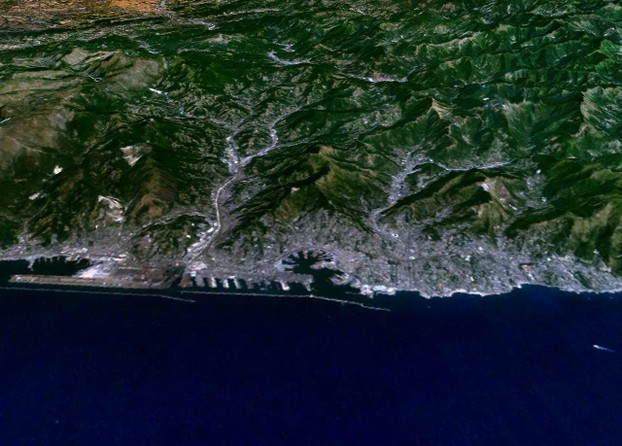
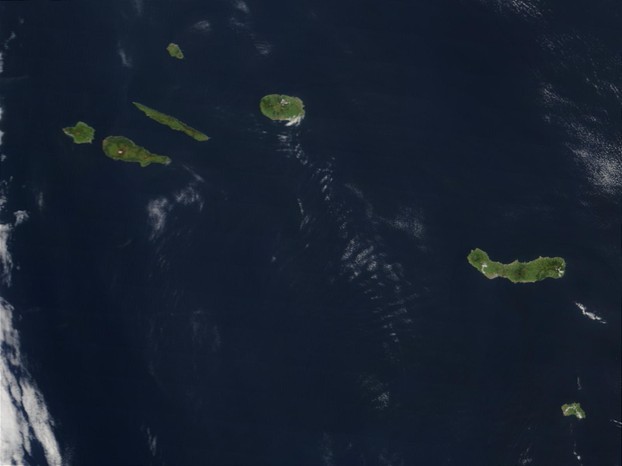
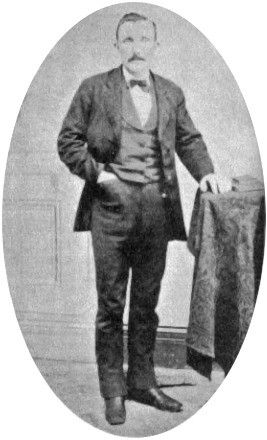
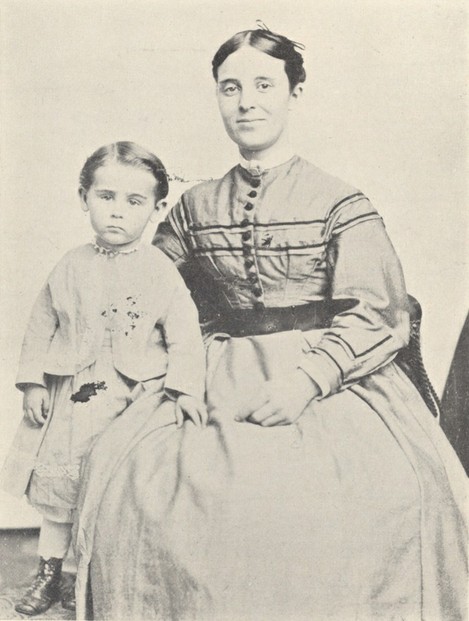
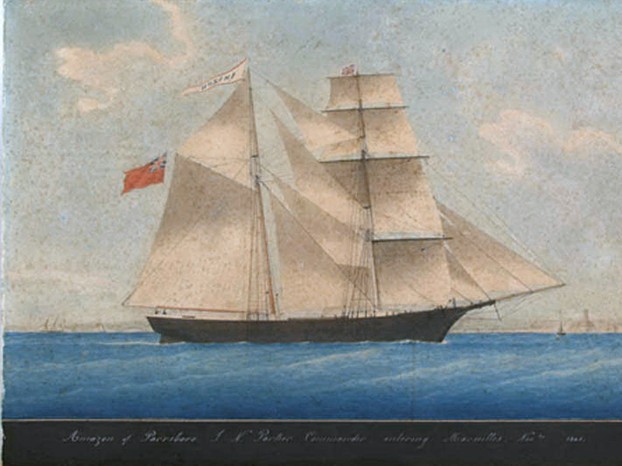
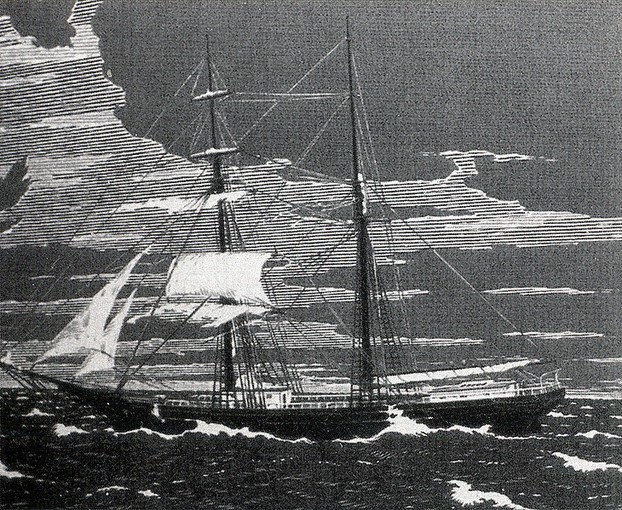
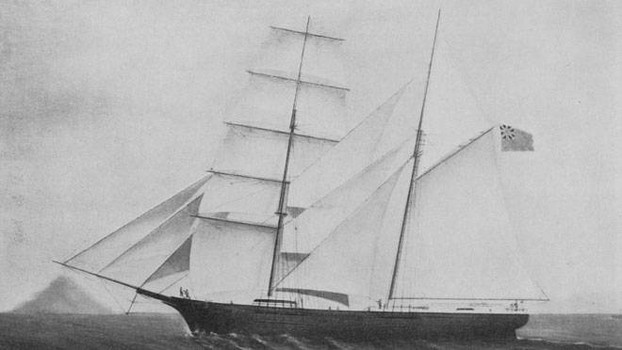
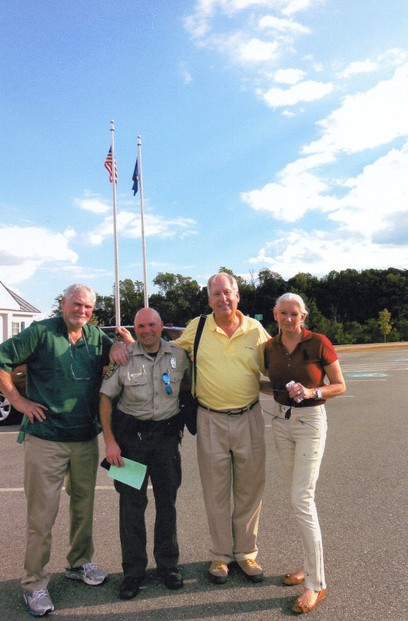
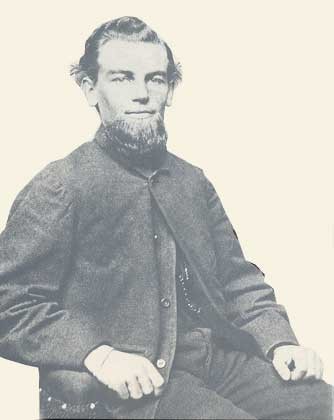
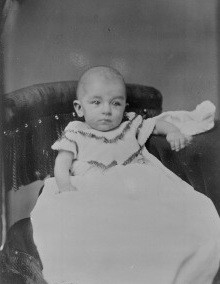
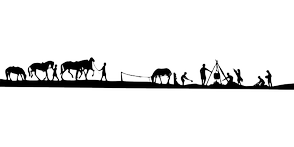




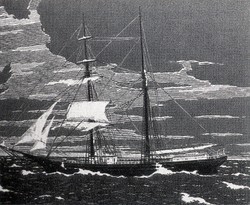

 Are Hawaiian Huakai Po Nightmarchers Avenging Halloween Thursday?on 10/02/2024
Are Hawaiian Huakai Po Nightmarchers Avenging Halloween Thursday?on 10/02/2024
 Mailing Addresses for 2023 Form 4868 Extending 1040 and 1040SR April 15, 2024, Due Dateon 04/15/2024
Mailing Addresses for 2023 Form 4868 Extending 1040 and 1040SR April 15, 2024, Due Dateon 04/15/2024
 Mailing Addresses for 2023 Forms 1040 and 1040SR Filed in 2024on 04/15/2024
Mailing Addresses for 2023 Forms 1040 and 1040SR Filed in 2024on 04/15/2024
 Mailing Addresses for 2022 Form 4868 Extending 1040 and 1040SR April 18, 2023, Due Dateon 04/13/2023
Mailing Addresses for 2022 Form 4868 Extending 1040 and 1040SR April 18, 2023, Due Dateon 04/13/2023

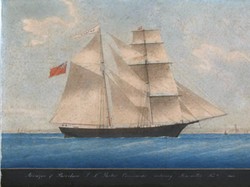
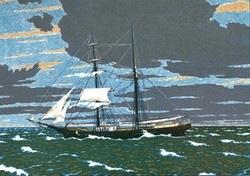
Comments
Mira, There is indeed much that is strange and unsettling about the Mary Celeste and her vanished crew. My hypothesis will be revealed in the next installment.
How strange! One doesn't know what to think about something like that. Do you have any hypotheses? I look forward to your next installment.
MBC, The Mary Celeste is viewed by many as one of the most puzzling of mysteries. I'm happy that you found this installment interesting. I'll be releasing at least one more installment in this series.
Interesting article. I'm not much of a history fan, but you did make it interesting and mystery is always fun.